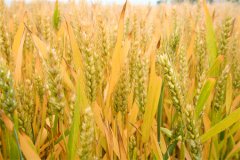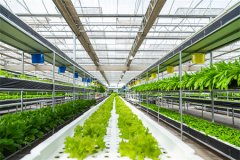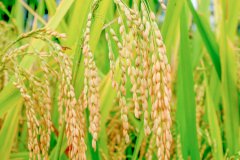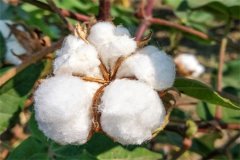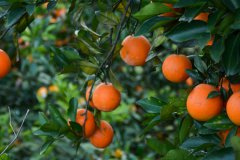|
production is now expected to expand only marginally (by less than 1.3 per cent by 2026 compared to its 2016 high levels) due to limited consumption growth, reports the latest EU Agricultural Outlook Report.The increased production capacity in certain parts of the EU and continued low feed prices resulted in an increase in pigmeat production in 2015, despite the Russian import ban, putting pressure on prices.Due to the time-lag before pig production adjusts to these price developments and short-term economic behaviour to cover at least partly the investment costs, slaughterings stabilised in 2016, following the reduction in reproductive herd, as observed in the December 2015 and June 2016 livestock surveys. 根据欧盟农业前景报告显示,欧盟猪肉生产在经历了2014年和2015年的强劲重苏后,由于消费增长限制,预计产量只会小幅增长(相比2016年的最高水平,到2026年的增长应少于1.3%)。尽管2015年有俄罗斯进口禁令限制,价格濒临压力,但是由于欧盟某些成员国的生产力依然不断增添,并且饲料价格长期走低,导致2015年猪肉产量增长。正如2015年12月和2016年6月的畜牧调查显示,在育种猪群数量减少后,由于猪肉生产与价格发展相适应的光阴延迟,而且短期的经济行为至少弥补了部分投资成本,屠宰业在2016年开始稳定下来。
|

